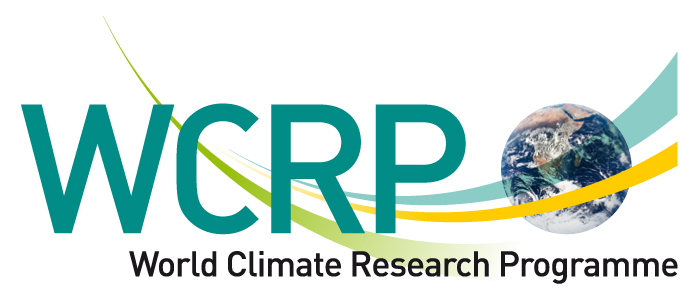GeoMIP was born out of a need to answer the question, "What are the expected climate effects of geoengineering?" Multiple groups in the past have conducted climate model simulations of geoengineering, but prior to this project, very few of them had done the same experiment, which makes it difficult to determine which features in the results are actually due to geoengineering and which are specific to the model on which the simulation was conducted. GeoMIP serves to organize geoengineering simulations by prescribing the experiments which all participating climate models will perform.
The first suite of GeoMIP experiments concentrates on Solar Radiation Management (SRM) schemes. This particular set of simulations contains four main experiments. More detailed specifications can be found in Kravitz et al. (2011) on the publications page. The second suite of three experiments focuses on sea spray geoengineering and marine cloud brightening (Kravitz et al., 2013). The most recent suite of three experiments focuses on solar dimming, stratospheric aerosols, and cirrus thinning (Kravitz et al., 2015). A review of past, present and proposed future GeoMIP experiments can be found in Visioni et al. (2023).
One of GeoMIP's purposes is to integrate itself within the bulk of the climate modeling community. Many past GeoMIP studies have revealed how simulations of geoengineering can reveal fundamental insights about the climate system. In turn, further investigations of the climate system will better inform the expected effects of geoengineering. In short, geoengineering studies and "general" climate studies are closely aligned, and one of GeoMIP's major thrusts is to explore those common purposes.
In all instances on this site, when we mention geoengineering, we are referring to "radiation management" methods, which involve deliberate manipulations of the radiation budget. Examples of potential technologies that fall under this umbrella are solar dimming, stratospheric sulfate aerosols, marine cloud brightening, and cirrus thinning. We are specifically not studying Carbon Dioxide Removal (CDR) methods, wherein carbon dioxide is removed from the atmosphere; potential methods include enhanced mineral weathering, ocean iron fertilization, or direct air capture. Model intercomparisons of CDR are being investigated by the Carbon Dioxide Removal Model Intercomparison Project (CDRMIP).
GeoMIP is an endorsed community coordinated project, as designated by the Working Group on Coupled Modeling (WGCM) of the World Climate Research Programme (WCRP), as our experiments are synergistically built upon the CMIP5, CMIP6, and CMIP7 experiment framework. Additional information about other endorsed projects, the WGCM, and the WCRP: http://www.wcrp-climate.org/wgcm/cmip_coord.shtml
GeoMIP is also an officially endorsed model intercomparison project in the Coupled Model Intercomparison Project Phase 6. The experiments to be contributed to CMIP6 by GeoMIP are detailed by Kravitz et al. (2015) and also described on the GeoMIP6 page.


